‘Big shoes to fill:’ History of Black Writing founding director leaves lasting legacy
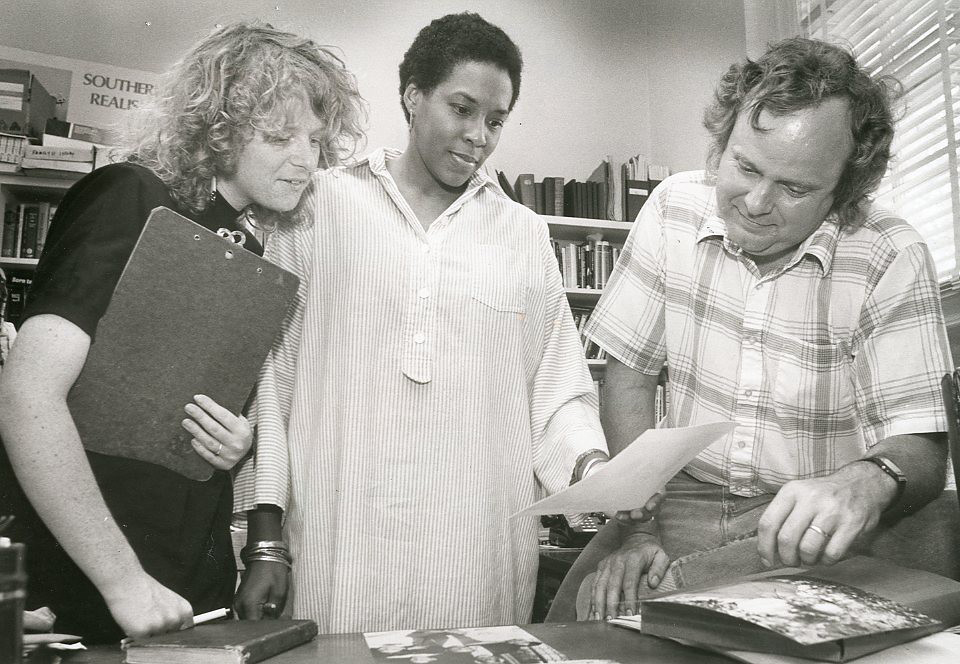
Current and former leaders reflect on the project’s past, envision its future
The History of Black Writing has been housed at three universities, seen three name changes, and trained hundreds of students, professionals and everyday people, yet it has only had one director in nearly 40 years.
That is now changing. Maryemma Graham, Distinguished Professor of English, who has led the project since its inception, is transitioning the directorship of the project she built from the ground up.
“The usual thing about an organization is that sometimes you start a business and in three years, it's going to fail,” Graham said. “But we didn’t fail. Because the need was so great, we would regroup and return stronger.”
Ayesha Hardison, associate professor of English and women, gender and sexuality studies, took over as director in July.
“It’s a huge responsibility to step into the role that Dr. Graham has held for 40 years,” Hardison said. “She's the founding and sole director of this project, so she leaves quite a legacy and very big shoes to fill.”
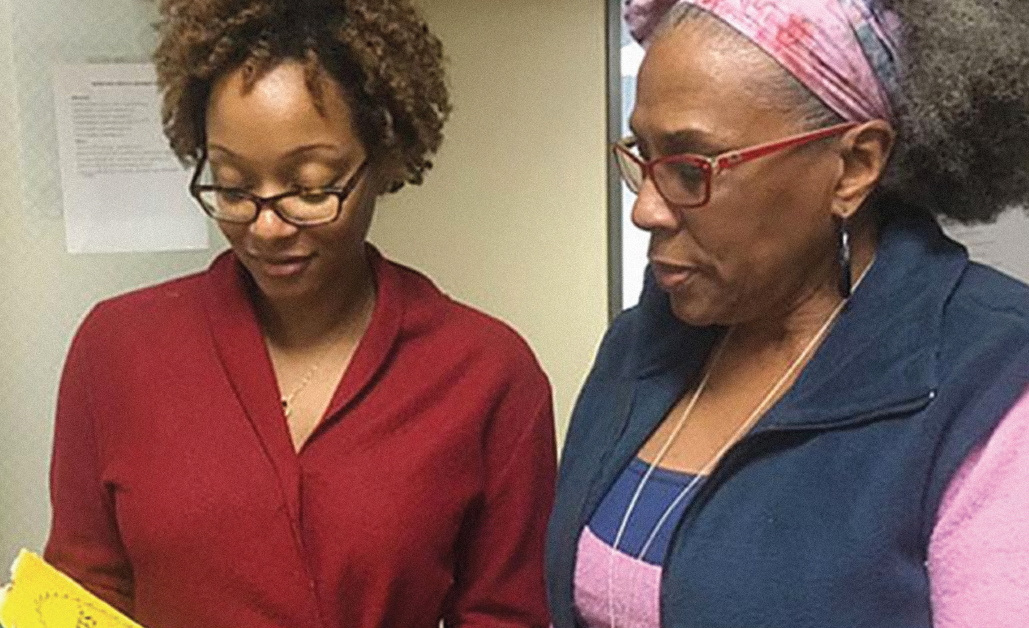
HBW’s history and impact
Graham started the project at the University of Mississippi in 1983, where it was first called the Computer Assisted Analysis of Black Literature. HBW’s initial focus was recovery — uncovering and preserving works by Black writers and creating a computerized bibliography for teachers, students and researchers. Project staff often found works in estate sales and dusty attics to put in its collection.
“We earned a reputation as hard-core literary detectives,” Graham said.
The HBW corpus now has more than 4,000 works of fiction. A sizeable percentage of the works are virtually unknown and understudied. HBW began with a focus on fiction but is in the process of expanding to other genres, including short stories, plays and memoirs. For example, early in its recovery work, HBW uncovered texts by Clarissa Minnie Thompson Allen, who was among the first known Black female writers of the 19th century, and Annie Green Nelson, South Carolina’s first known Black female novelist. The project also helped uncover and reprint the work of Effie Waller Smith, the Pikeville, Kentucky, poet who is the first known Black woman writer in that state.
HBW is helping fill gaps in American literature. It challenges how literature is taught, including which authors are included — or not included — in literary discussions. Much of the research provided the foundation for the 12 books Graham has published. One of them, “The Cambridge History of African American Literature,” produced with founding HBW advisory board member Jerry W. Ward, not only became the definitive history for the field, but has also spawned dozens of new books, with more emerging.
“Dr. Graham has challenged how we think of canons in terms of African American literature — who we study and who we teach,” Hardison said.

Dr. Graham has challenged how we think of canons in terms of African American literature — who we study and who we teach.
After the project’s first few years, Graham gave the project a new name, the Afro-American Novel Project, a name that was more convincing to funders like the National Endowment for the Humanities, Graham said. A move to Northeastern University in 1989 brought another new name: the Project on the History of Black Writing.
In 1998, Graham became the Langston Hughes Visiting Professor at KU, where the project relocated with her and has continued to evolve and expand over the last 24 years. It’s now simply called the History of Black Writing. Since its inception, HBW has secured millions of dollars in grants to fund its work — especially since its arrival at KU — including 15 awards from NEH.
In its first year at KU, HBW had only three students. Today, the staff boasts more than 20 graduate and undergraduate students and countless collaborators and partners at other universities and institutions. HBW’s network extends far beyond its office in Wescoe Hall.
“HBW has created a huge network of alumni around the world who continue to do this work,” said Kathryn Conrad, chair of the English department. “It is an amazing resource for scholars around the world, both in terms of its digital humanities projects and the programs and opportunities it offers for teachers and scholars. It is a jewel in the crown of KU's research centers, particularly in the humanities.”
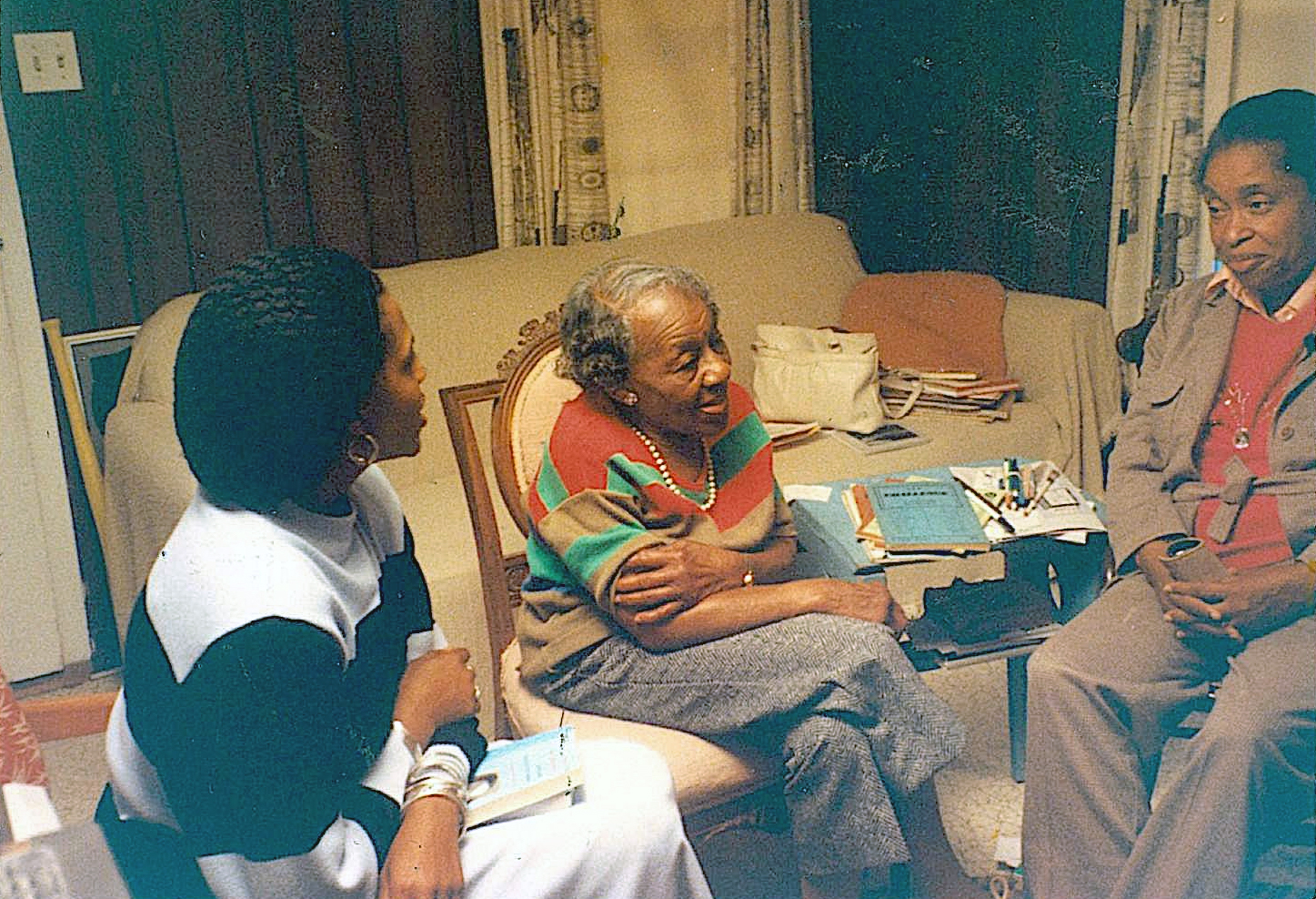
Future of HBW
In addition to literary recovery work, HBW engages in public literacy programming and professional development that seeds new research. It is also five years into its latest digital humanities initiative.
Graham has reimagined how to conduct recovery work by using innovative technology. Digital humanities is an area of study that uses digital resources to analyze, preserve and make literature accessible. HBW has created a unique method for doing its work. With the largest dedicated digital archive of Black fiction that now serves as the foundation for the Black Book Interactive Project, HBW is making a significant intervention in current debates about the digital divide.
BBIP — located in Watson Library, where HBW’s digitizing team works — provides faculty, students and librarians training, facilitates the transformation of their ideas into a research project and an eventual publication, and ensures HBW sustains and expands access to digital resources through multiple cohorts. Recently, with support from the Mellon Foundation, HBW has established a home base for maintaining and growing the archive and the community of readers and scholars. HBW has become a one-stop-shop for Black literature, giving KU a profile unlike any other institution.
“From a national — and even international — perspective, HBW deserves recognition as one of the longest-operating archive-building projects currently active,” said Richard Yarborough, professor of English at the University of California, Los Angeles, and former member of HBW’s advisory board.
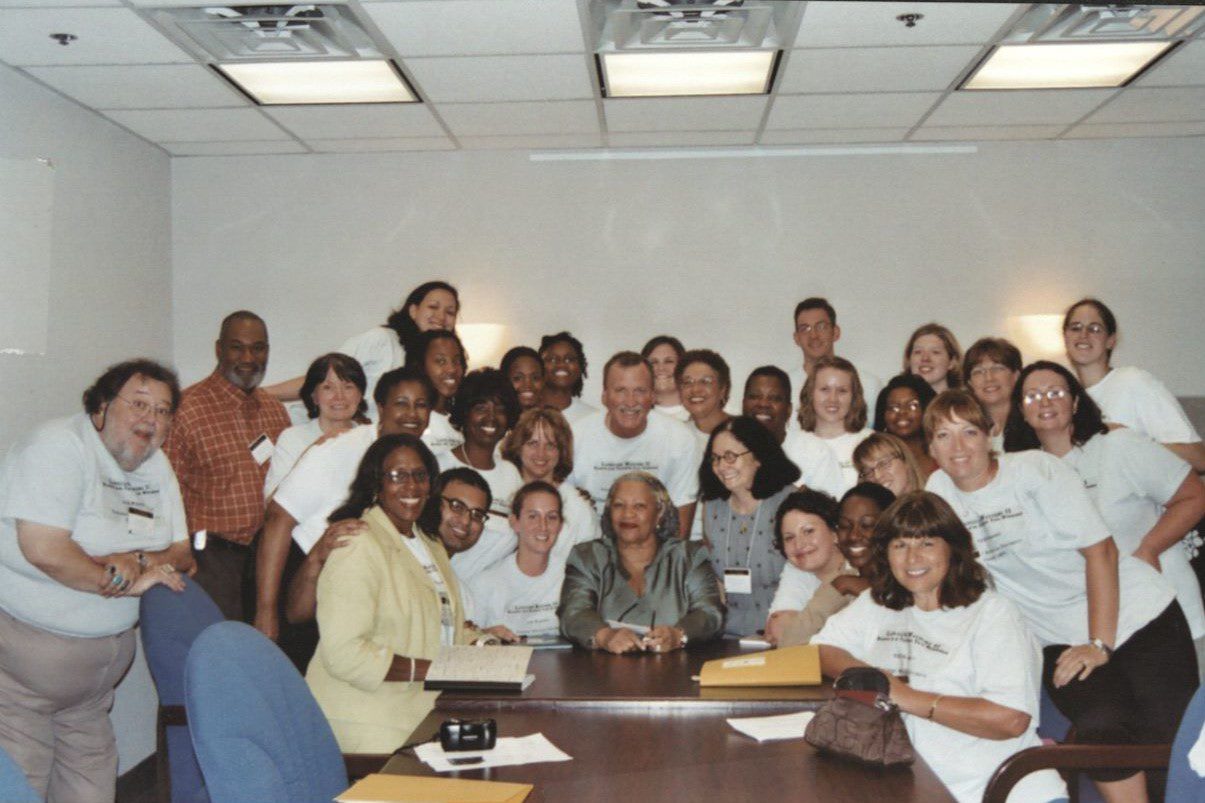
Graham acknowledges the value of partnerships in HBW’s work.
“Collaboration is essential for the kind of community that HBW has envisioned and sustained,” she said.
For example, Howard Rambsy, based at Southern Illinois University Edwardsville, created a prototype of a “generator machine” to help people find more Black-authored books and partners with HBW on the Mellon grant. Rambsy encouraged his brother, Kenton, to come to KU; and Kenton helped spur HBW’s digital growth, Graham said. Working with KU graduate students and partnering with KU units, including KU Libraries and the Institute for Information Sciences, has given HBW the freedom to think outside the box, reach larger audiences, and expand its research capacity.
As the new director, Hardison wants to bring new elements to the project while strengthening HBW’s existing work. She hopes to continue introducing broad audiences to Black literature as HBW has always done.
She would also like to grow HBW’s scholarly publications, work with even more faculty from other institutions, and design an undergraduate course in digital humanities to introduce KU students to the topic and HBW’s work.
“My plan for the project is to continue the things that Dr. Graham has initiated and to think about how to expand the accessibility of the project’s digital and material archive so that scholars and students can utilize the wonderful materials HBW has amassed and created over the years,” Hardison said.
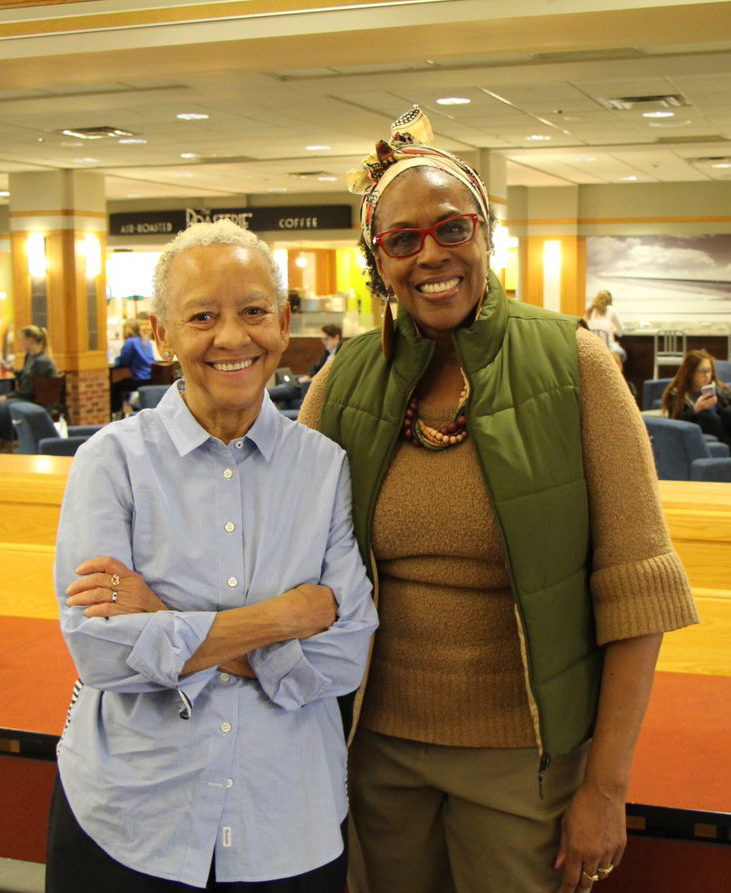
Influence on students
Perhaps one of the most palpable influences HBW has had is on its students who have gone on to become professors, poets, teachers, playwrights and more. Graham and HBW have equipped them with the skills they need to be successful in their careers.
“It’s preparing the future generation that I’m here to do,” Graham said. “That was drummed into me during my early training at a historically Black college. It doesn’t matter what you don’t have but rather what you can create and who you can influence as a change agent.”
Doretha Williams, director of the Robert F. Smith Center for the Digitization and Curation of African American History at the National Museum of African American History and Culture, was once one of those students. She picked up almost everything she does at her current job while she was a graduate student working at HBW.
Williams learned the logistics of conducting a project, including how to write grants, engage with communities, and balance budgets in addition to scholarly work — and she learned a lot of this from her director.
“She introduced me to so many things,” said Williams, who also serves on HBW’s advisory board. “All of those things that I did with Dr. Graham and with HBW, I still do to this day, and that led me to my current career.”
Jade Harrison joined the KU English department in 2019 to continue her graduate studies in African American literature. The doctoral candidate guides a team of undergraduate and graduate students in assembling literary data about the various works of fiction contained in HBW’s collection.
“I joined HBW because I wanted to be a part of an organization dedicated to the recovery and expansion of Black writing, but I also wanted an opportunity to enhance my professionalism and leadership skills. As a project coordinator for BBIP, I've learned the value of collaborative research, community, and working as a team,” Harrison said. “I believe the research and professional skills I've acquired and fostered while working with HBW will serve as a foundation in my future endeavors as a literary scholar and educator of African American literature.”
Graham cares for her students on a personal level, too. She opens her house for those who are in between apartments and even keeps a side of her garage full of furniture for students who might need it.
“She cares very deeply about the students that work with her and for the project,” said Sarah Arbuthnot, who has been HBW’s research project director for almost 20 years. “It's taking care of students in a way that they probably don't get from other faculty members or scholars.”
Looking back at her time as director, Graham is proud of the project’s longevity.
“What brings me the most pride is that we’ve been around for that long, and it looks like there's plenty of evidence to suggest that we're going to be around longer,” Graham said. “And that is kind of unusual — especially in today’s academy.”
She hopes to witness even more growth as she begins phased retirement.
“We have sustained ourselves,” Graham said. “And it’s not just me; it's the network. It's the people who get inspired by what we do as they go out into the world, talk about us, and send their students back to us to continue the project. We repeat ourselves because we have a strong base in a community that wants to see us do well and that values teaching and learning as the pathway to social change. I want to see this project survive longer than I am around.”